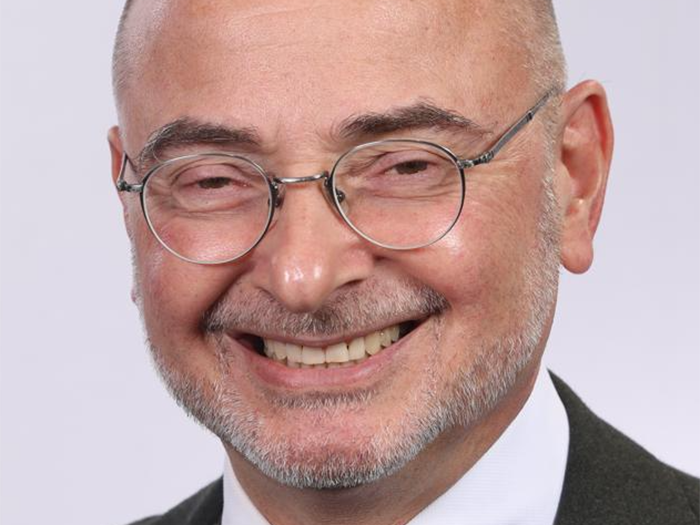The Best Risk Management Story from the 2020 Oscars
What are the odds of a Korean-language movie winning best picture at the Academy Awards?
Don’t even ask. If you think about it, the odds are not great.
Similarly, what is the chance that Patrick Mahomes, a young Kansas City quarterback would replace legendary Tom Brady as football’s superstar? That Tiger Woods would return to golf to win his first Masters tournament at age 44? That parents would go to jail for helping their kids win scholarships with fake SAT scores and athletic abilities?
The death of Clayton Christensen a few weeks ago links these questions. He was the creator of the concept of “disruptive innovation,” a real-world “explosion” that displaces established beliefs, markets and relationships.
We live in a world where people and organizations take calculated risks. Doctors, politicians, movie producers, athletes and parents rely upon past experiences to achieve future goals. Everything’s great until something goes wrong. And something always goes wrong.
That’s why we have risk managers.
The best risk management story from the 2020 Oscars is found in a nominated movie that was largely overlooked. Ford vs. Ferrari was a David and Goliath tale that starts with two Goliaths.
Henry Ford II (“Hank the Deuce”) was the hard-hitting grandson of the founder of Ford Motor. He ran Ford like a personal fiefdom for some 35 years.
Enzo Ferrari (“il Commendatore”) rose from a modest Italian family to build the awesome Italian luxury sports car manufacturer that, among other things, won the prestigious 24 Hours of Le Mans sports car race nine times.
The two men visibly hated each other (think Trump and Bloomberg).
Ford had more money. Ferrari had more respect.
The movie describes the showdown. Henry Ford wanted to win Le Mans and pledged all the resources of Ford Motor to do it.
The reality: A Goliath can’t easily win a battle with another of the same ilk. Lumbering as they do within heavy defensive armor, Goliaths lack the flexible movement to create disruptive innovation. They need a David with a slingshot and deadly stones. Stay out of the way of the opposing beast. Strike swiftly and with malice.
Ford hired Carroll Shelby, a fast-talking Texan, to lead a team to build a car and win Le Mans. Shelby was failing as a result of interference by the massive bureaucracy of Ford Motor. He was ordered to go to the Ford headquarters and explain what was happening to Henry Ford.
In a dramatic confrontation with Henry Ford, the movie depicts a conversation (edited somewhat to its essence):
Ford: Tell me, Mr. Shelby, one reason why I should not fire you and your whole team?
Shelby: All due respect, sir, while I was waiting for you, I saw that red folder in your hand go through four individuals. Probably 22 or so others handled it previously. You can’t win a race by committee. You need one man in charge.
Ford then learned that Shelby had built the fastest car in the world. He already knew Ken Miles was the finest driver in world. Now he needed to turn them loose to find the risk management strategy that would work with the combination of a best driver and best car.
The conversation continued:
Ford: There is one man running this company. You report to him. Go to war.
Shelby: Yes, sir.
The result, through some ups and downs, and after Ferrari won six Le Mans races in a row (1960-1965), it was dethroned by a Ford GT40 that won the next four years in a row (1966-1969).
Is the story of Ford vs. Ferrari a one-off? How could an obscure subtitled Korean film destroy “1917,” “Once Upon a Time in Hollywood” and “Joker?” How did Kansas City, whether it be in Kansas or Missouri, win the Super Bowl? Would you put a $2 bet on Tiger Woods winning the Masters?
Clayton Christensen is gone, God rest his soul. His books on disruptive innovation have some answers and are probably still available for purchase. I bought mine at Borders. Not sure where you can find them today. &










